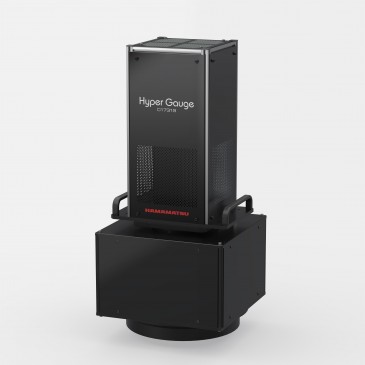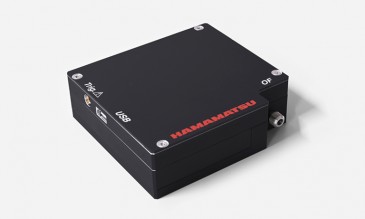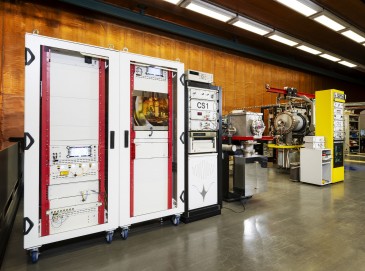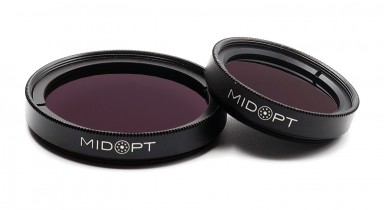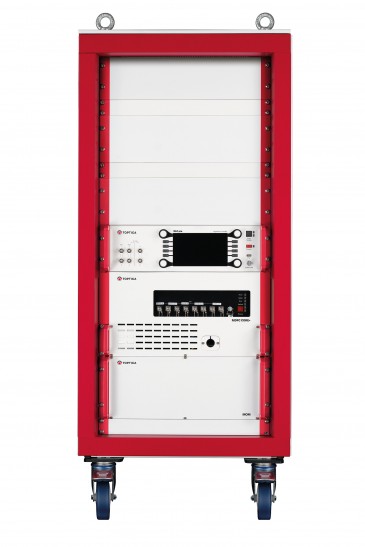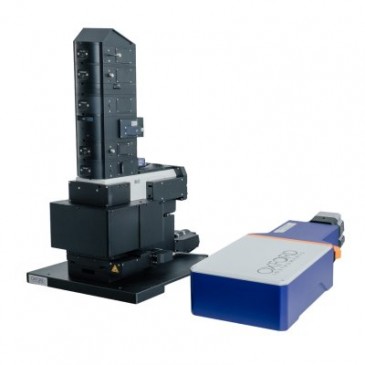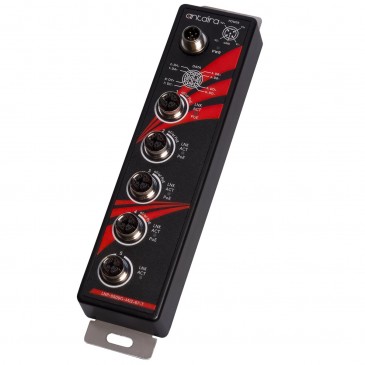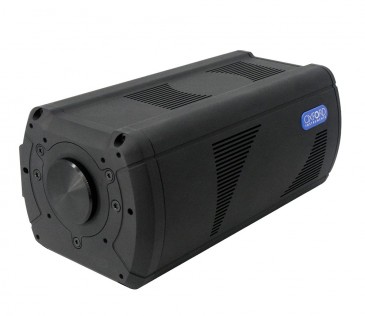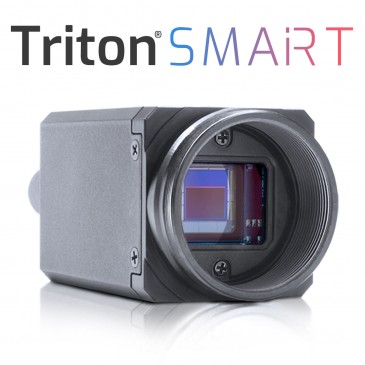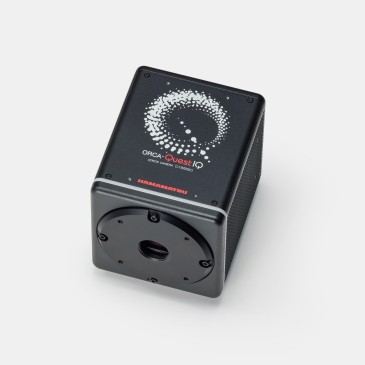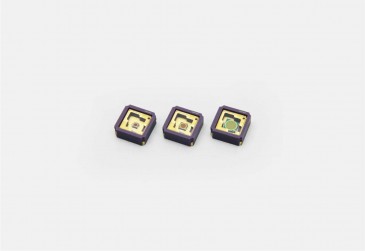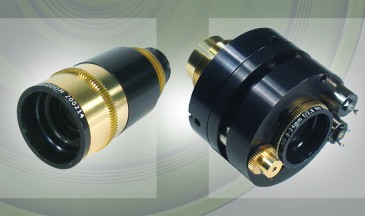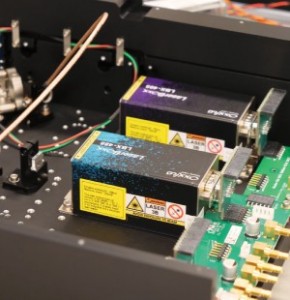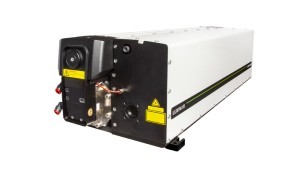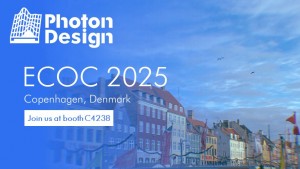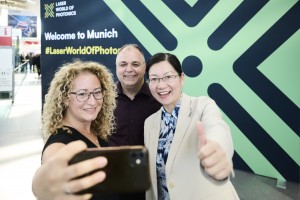
Researchers from Ritsumeikan University in Japan have replaced the phosphor screen in a laser phosphor display (LPD) with a luminescent solar concentrator (LSC), enabling them to harvest energy from ambient light and also display high-resolution images.
“It is a laser phosphor display (LPD) where we use a luminescent solar concentrator (LSC) as its screen,” describes Professor Ichiro Fujieda, head of the Image Information Devices and Materials Laboratory in the School of Science and Engineering at Ritsumeikan University and lead author of the study. He explains that the LSC consists of a thin phosphor layer inserted between two transparent plates, with solar cells attached to their edge surfaces. “When the phosphor layer absorbs light, it generates photoluminescent photons,” he says. “Most of them propagate in the plates and reach the solar cells. Some of them escape from the surface of the plates. The former generates power and the latter displays an image.”
Both LPD and LSC technology have been known for some time. However, the researcher says, “To the best of my knowledge, no one has combined these technologies before.”
A photoluminescent display that harvests ambient light
Fujieda points out that anything of a certain size, from building walls or interior walls to billboards, windshields, etc., can generate power and display moving pictures. “An extra power source is a plus for many electrical systems,” he adds. “We can also switch the two functions — e.g., power generation during day and display at night. Adding a storage device, we can build a stand-alone system which might be handy in hard-to-access places.” Fujied combined the LSC and LPD technologies to realize dual-purpose devices.
Key applications
The professor says he is not quite sure yet what key applications this new kind of photoluminescent display could enable in the future. “Maybe a head-up display for automobiles or goggles for augmented reality, if we can make the phosphor screen more transparent,” he reckons.
Carrying out the proof-of-concept experiments
The lead author says developing this novel photoluminescent display was not much of a challenge. The proof-of-concept experiment was carried out by his students in the master program. “We used readily available materials and components only,” Fujied says, adding, however, that getting the right phosphor could prove a challenge in their future experiment.
Impact on design of future displays
When asked in what way his research work could impact the design of the next generations of displays, Fujied replies that his innovation may not improve the image quality of current displays, rather, it adds a new function. “We wish to contribute to a green environment by harvesting energy from billboards, building walls, interior walls, etc.,” he says. “It would be nice if these surfaces show moving pictures.”
Next steps
“We hope to make the phosphor screen more transparent to extend potential applications,” Fujied says regarding his goals for moving forward with the research endeavor. “A color version might require an extensive material research. So I am hoping that some companies pick up this idea.”
The research is described in detail in the article "Energy-harvesting laser phosphor display and its design considerations," published in the Journal of Photonics for Energy.
Written by Sandra Henderson, research editor Novus Light Technologies Today

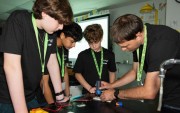




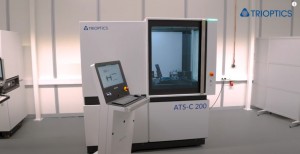

















 Back to Features
Back to Features